Toscana
As oenological imagery goes, there is no scene more iconic than the cypress-lined Tuscan vineyard. From its earliest pre-Roman settlers, the Etruscans, through to the modern day, wine has played a central role in the economy and daily life of Toscana. Ricasoli, Antinori, Frescobaldi: some of the world’s oldest continuously operating companies – not just wine companies, but companies – are those of the great Tuscan wine families.
 Cosimo III de Medici, grand duke of Toscana, made history when he issued the 1716 Bando, a document designed to protect the integrity of winemaking in Chianti, Pomino, Carmignano and Val d’Arno di Sopra. It was the forerunner to what is now the disciplinare (rulebook) of an appellation.
Cosimo III de Medici, grand duke of Toscana, made history when he issued the 1716 Bando, a document designed to protect the integrity of winemaking in Chianti, Pomino, Carmignano and Val d’Arno di Sopra. It was the forerunner to what is now the disciplinare (rulebook) of an appellation.
In the 1980’s, a number of Tuscan winemakers broke away from staid tradition, planting French varietals such as Cabernet Sauvignon, Merlot and Syrah. They hired consultant oenologists and employed new techniques in the vineyard and winery. Thus were born the Super Tuscans, a suite of wines which rewrote not only Tuscan winemaking, but red wine production across the country.
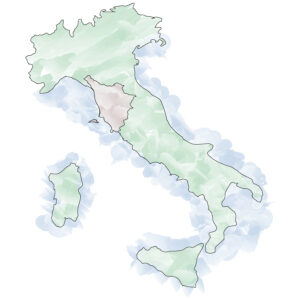 Toscana marks the beginning of what is classified Italy’s Mediterranean climate, where one can measure the mitigating influence of sea breezes on day/night temperature and on seasonality; meanwhile the Apuan Alps in the north protect the region from cold, rainy northern weather influences, keeping it dry and warm. It is a large region, the largest of central Italy, and the range of wine styles it produces is correspondingly broad, as represented by the number of DOCGs and DOCs, in which it is second only behind Piemonte.
Toscana marks the beginning of what is classified Italy’s Mediterranean climate, where one can measure the mitigating influence of sea breezes on day/night temperature and on seasonality; meanwhile the Apuan Alps in the north protect the region from cold, rainy northern weather influences, keeping it dry and warm. It is a large region, the largest of central Italy, and the range of wine styles it produces is correspondingly broad, as represented by the number of DOCGs and DOCs, in which it is second only behind Piemonte.
Coastal vineyards in the Colli di Luni DOC in the north (an appellation which straddles two regions) and in the Maremma (a large area which includes the famous Bolgheri DOC) in the south enjoy the moderating influence of the Ligurian and Tyrrhenian seas. Here, cooler temperatures mean the grapes can hang on to some of their acidity. Away from the coastline, in the hilly hinterland which accounts for fully two-thirds of the region’s terrain and famous appellations such as Chianti Classico DOCG and Brunello di Montalcino DOCG, summers are hotter and winters colder.
Showing all 10 results
-

‘Badia a Corte’ Chianti Colli Fiorentini DOCG 2019 Riserva by Torre a Cona
£8.70 – £330.00 -

‘Batàr’ Toscana IGT 2020 by Querciabella
£29.20 – £1,070.00 -
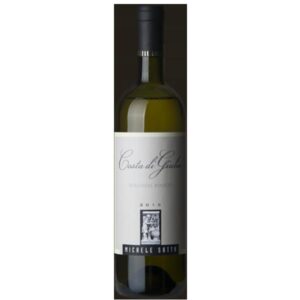
‘Costa di Giulia’ Bolgheri DOC Bianco 2019 by Michele Satta
£10.70 – £21.95 -

‘Prima Selezione’ Chianti DOCG 2019 by Camperchi
£8.50 – £160.00 -
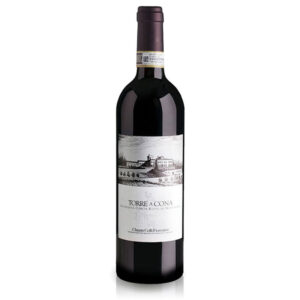
‘Torre a Cona’ Chianti Colli Fiorentini DOCG 2020 by Torre a Cona Copy
-
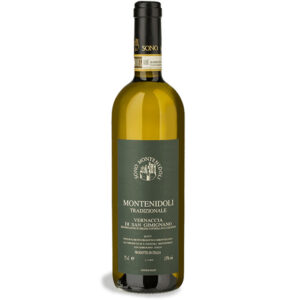
‘Tradizionale’ Vernaccia di San Gimignano DOCG 2021 by Montenidoli
£10.40 – £265.00 -

Brunello di Montalcino DOCG 2017 by Collosorbo
£21.60 – £550.00 -

Chianti Classico DOCG 2016 Riserva by Querciabella
£36.95 -

Chianti Classico DOCG 2019 by Querciabella
£30.95 – £330.00 -
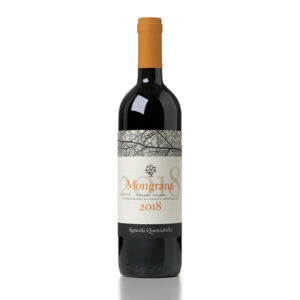
Maremma DOC 2020 “Mongrana” by Querciabella.
£17.95 – £190.00
